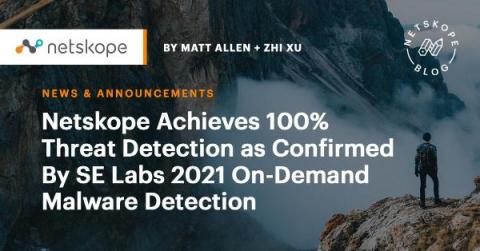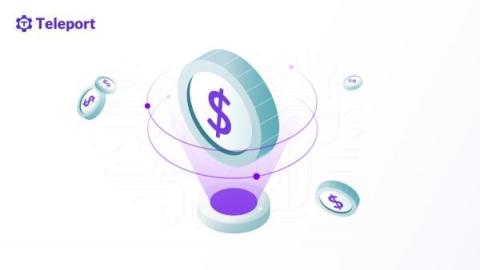Top 10 AT&T Cybersecurity blogs published in 2021
I enjoy being editor and managing this blog so much, I thought I'd share some of the best blogs of 2021. 2022 is right around the corner, but it's also a good time to look back at some 2021 highlights!











